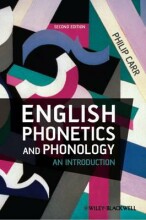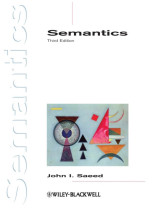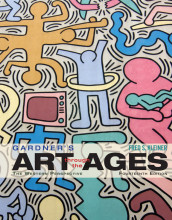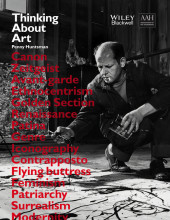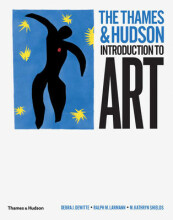Summary: Art History: The Impact Of Antiquity
- This + 400k other summaries
- A unique study and practice tool
- Never study anything twice again
- Get the grades you hope for
- 100% sure, 100% understanding
Read the summary and the most important questions on Art History: The Impact of Antiquity
-
Introduction
This is a preview. There are 39 more flashcards available for chapter 02/09/2015
Show more cards here -
According to Beard and Henderson, the ancient tour guide Pausanias could be called a Roman provincial living in Greece, even though he was born there. What does this say about his writing?
Mainly that it was not entirely unbiased, because he wrote about the Greek culture from a Roman point of view and therefore unconsciously coloured his works with that view point. Therefore, his works cannot really be used as a perfectly unbiased description of the ancient Greek antiquity. -
According to Beard and Henderson, what does the account of Pausanias suggest about modern scholars studying antiquity?
We can only speak about Antiquity as what we assume it was like, because we did not live in that age and don't know anyone who did. -
According to Beard and Henderson, what does Pausanias' account of the temple of Bassae show us about our sources of information?
That our knowledge of the ancient world is not only coloured by our modern western perspective, but also that our sources of information are haphazard. After all, only Pausanias' description of the temple survived, even though it could have been lost just as easily as whatever else has been written about it. -
Why aren't there many written accounts left from antiquity?
Because the printing press was only invented in 1450 and before that, it was very expensive to produce texts. They were all hand written. -
Why should we doubt the accuracy of Pausanias' description of the temple of Bassae?
Because he wrote about it 600 years after it was built. -
What is most of our knowledge about Antiquity shaped by, according to Beard and Henderson?
By a random selection of buildings and texts that survived the ages. If other buildings or texts had survived, we would have had other ideas about Antiquity. -
Why do Beard and Henderson warn against reading texts from writers from the Antiquity?
Because they wrote these texts as reflections on their own culture and they were not mere descriptions of what took place during Antiquity. Most of it was part of a judgment against the writer's culture. -
According to Beard and Henderson, what have the past 2000 years done to Antiquity's heritage?
They coloured it. What we know about it nowadays was also coloured by what people in the Middle Ages and the Renaissance thought about it. We cannot just get rid of those ideas. -
Arts and Architecture of Ancient Greece and Rome
This is a preview. There are 25 more flashcards available for chapter 09/09/2015
Show more cards here -
According to Furneaux Jordan, what does a Greek temple look like?
It was an isolated sanctuary with a religious function, surrounded by collonades and far from all other buildings. It is put on a hill and does not have a clear front or back. -
According to Furneaux Jordan, what does a Roman temple look like and what was its function?
A Roman temple is a feature of the streets, in the middle of a city, where everyone could walk past it. It is not just an expression of religious, but also of imperial pride. It has steps leading to it and a portico, and it does not feature collonades. It has a clear front and back.
- Higher grades + faster learning
- Never study anything twice
- 100% sure, 100% understanding




















